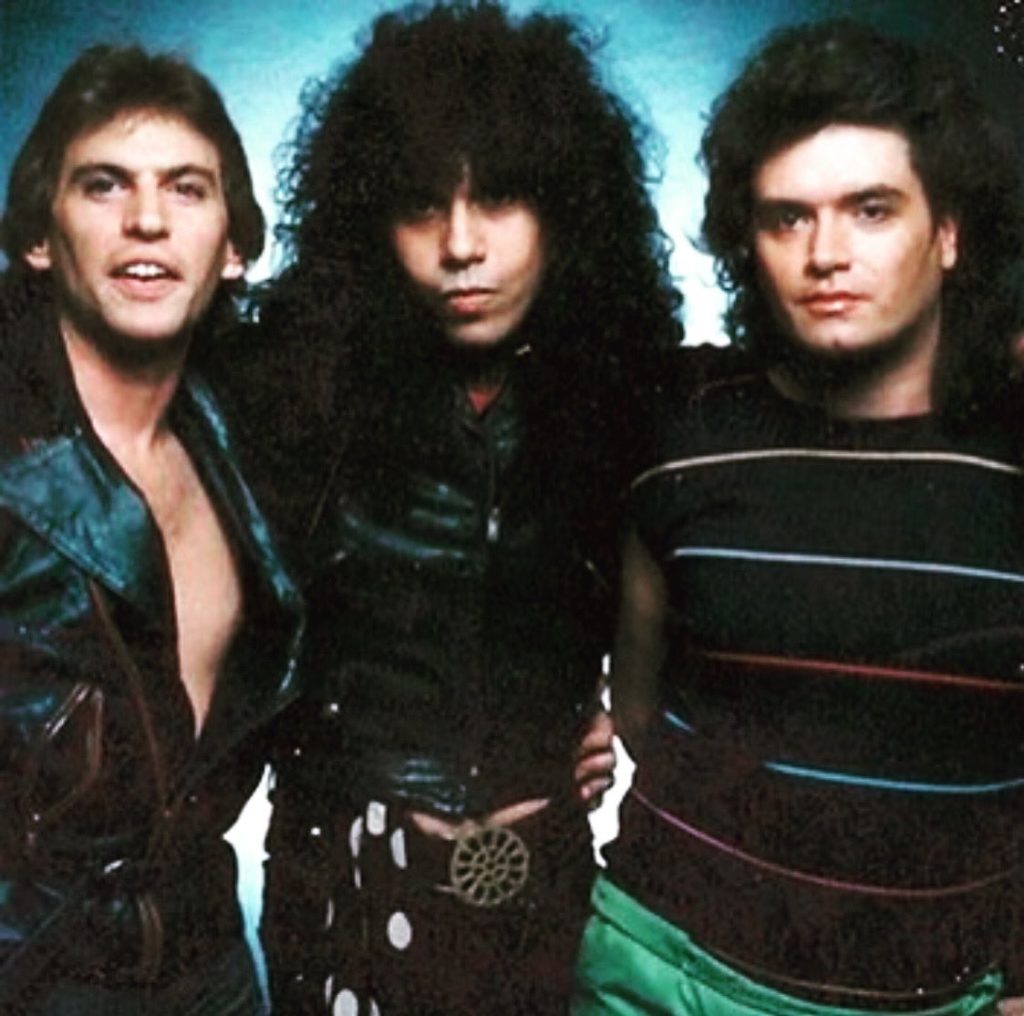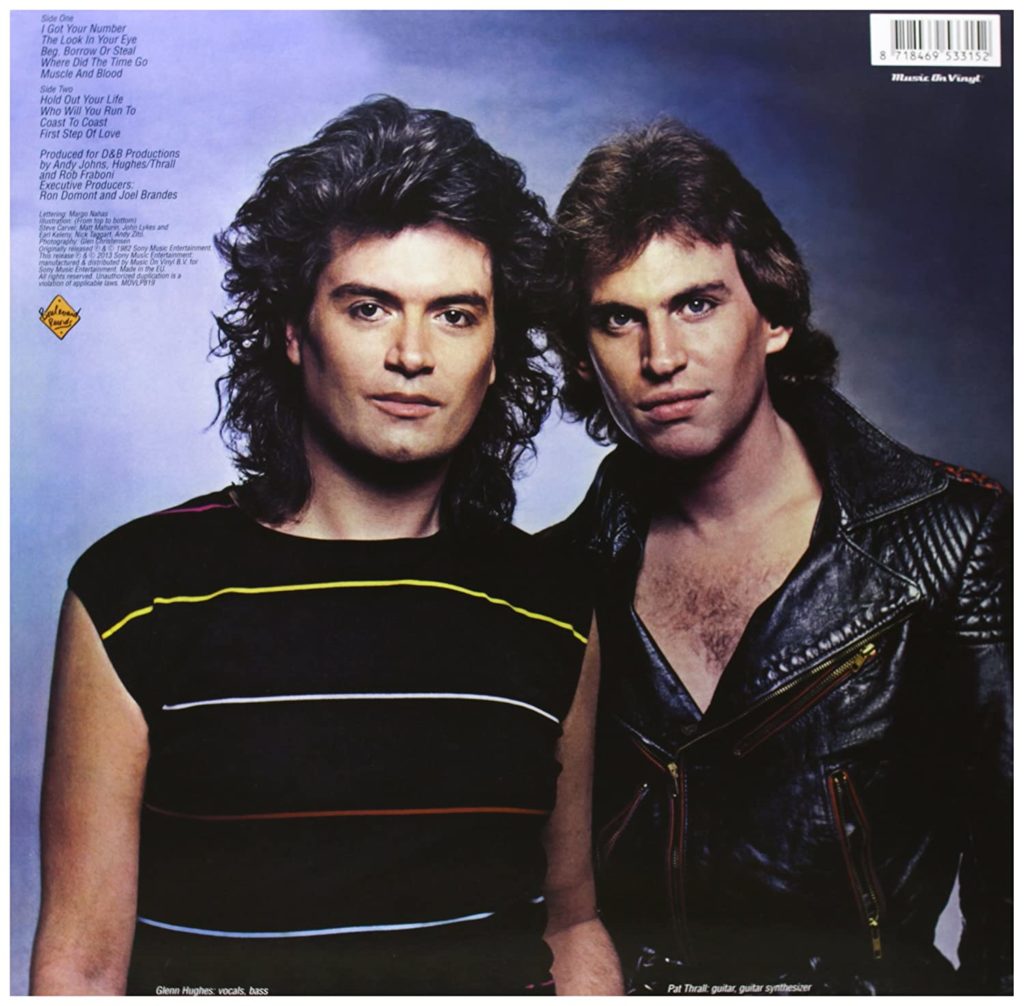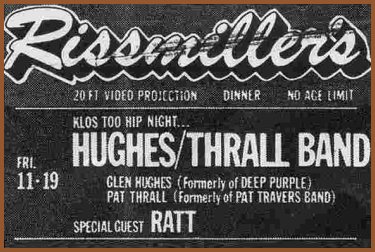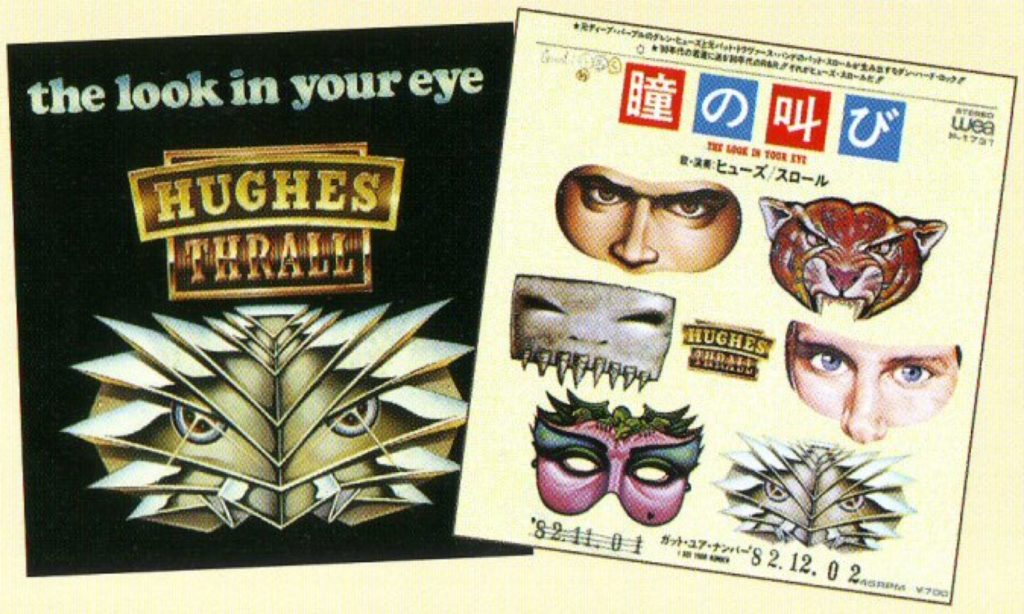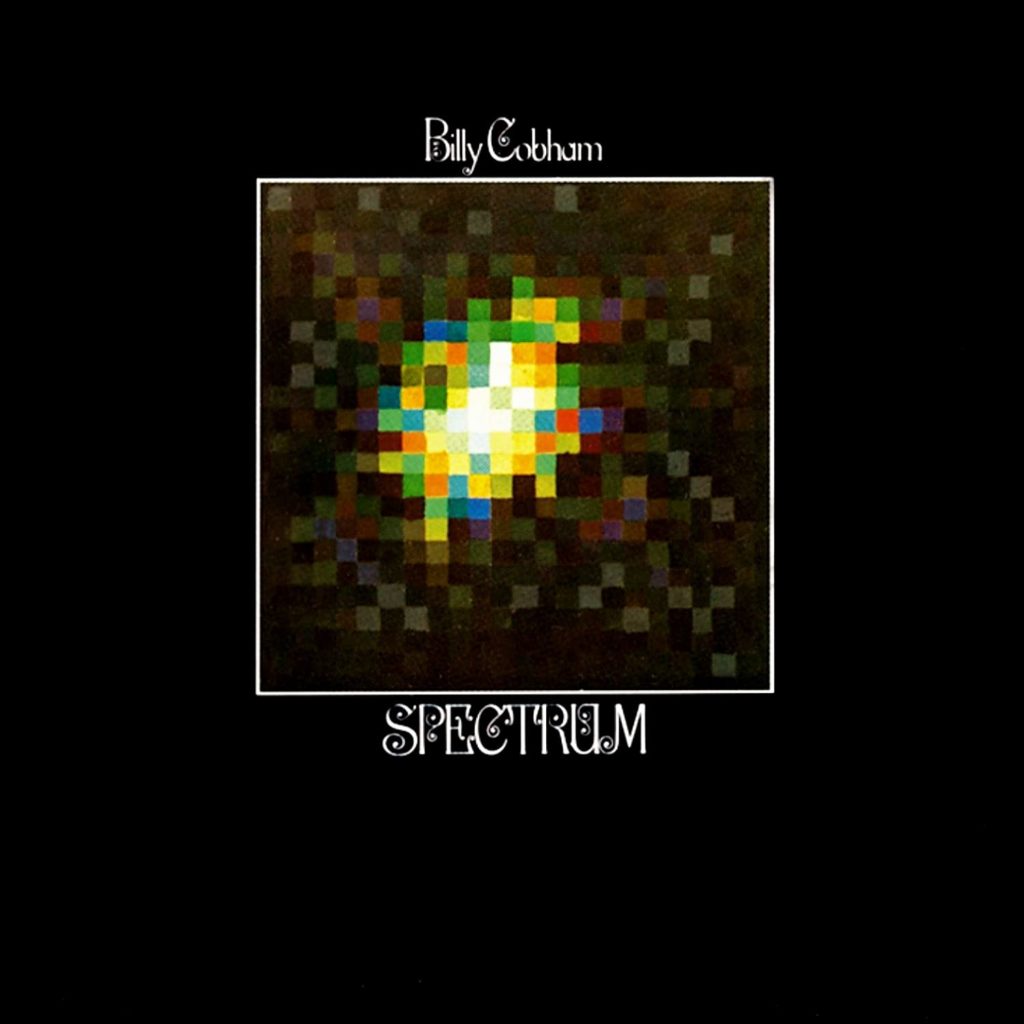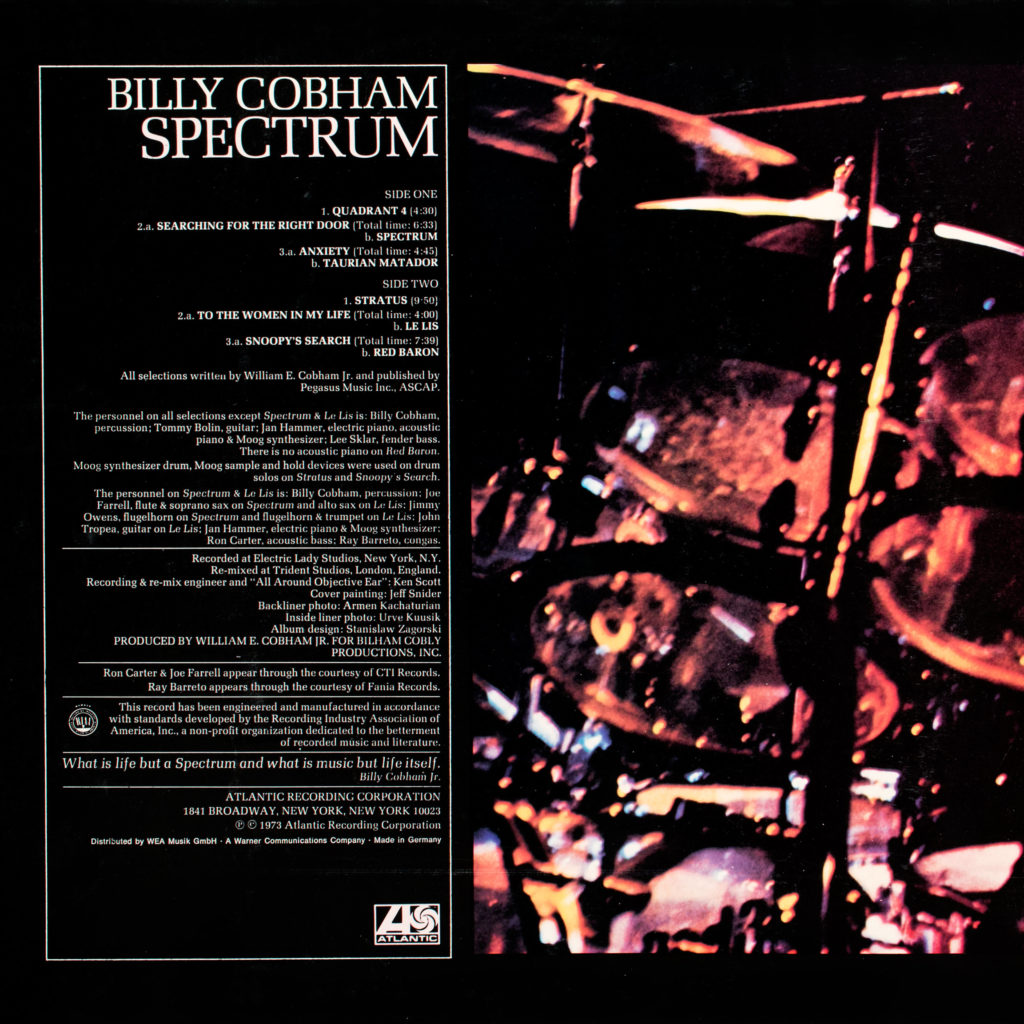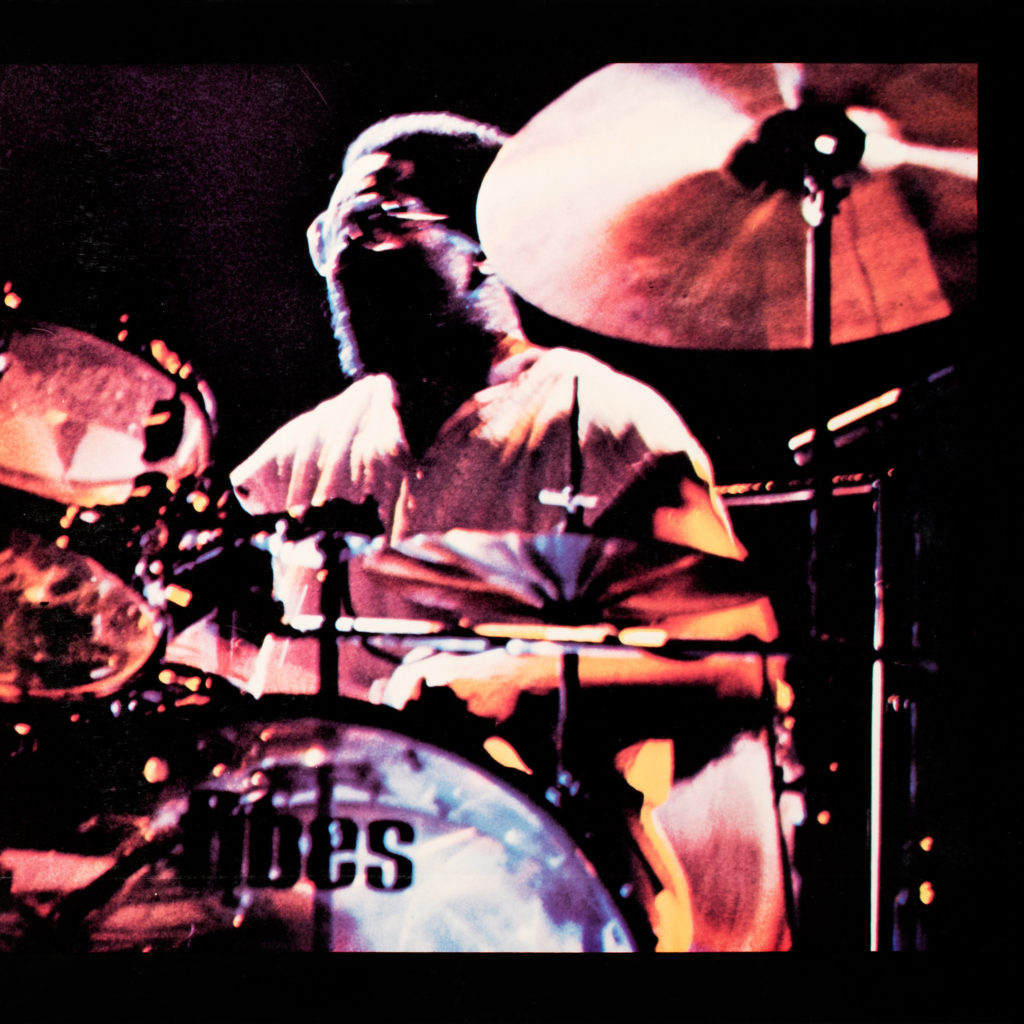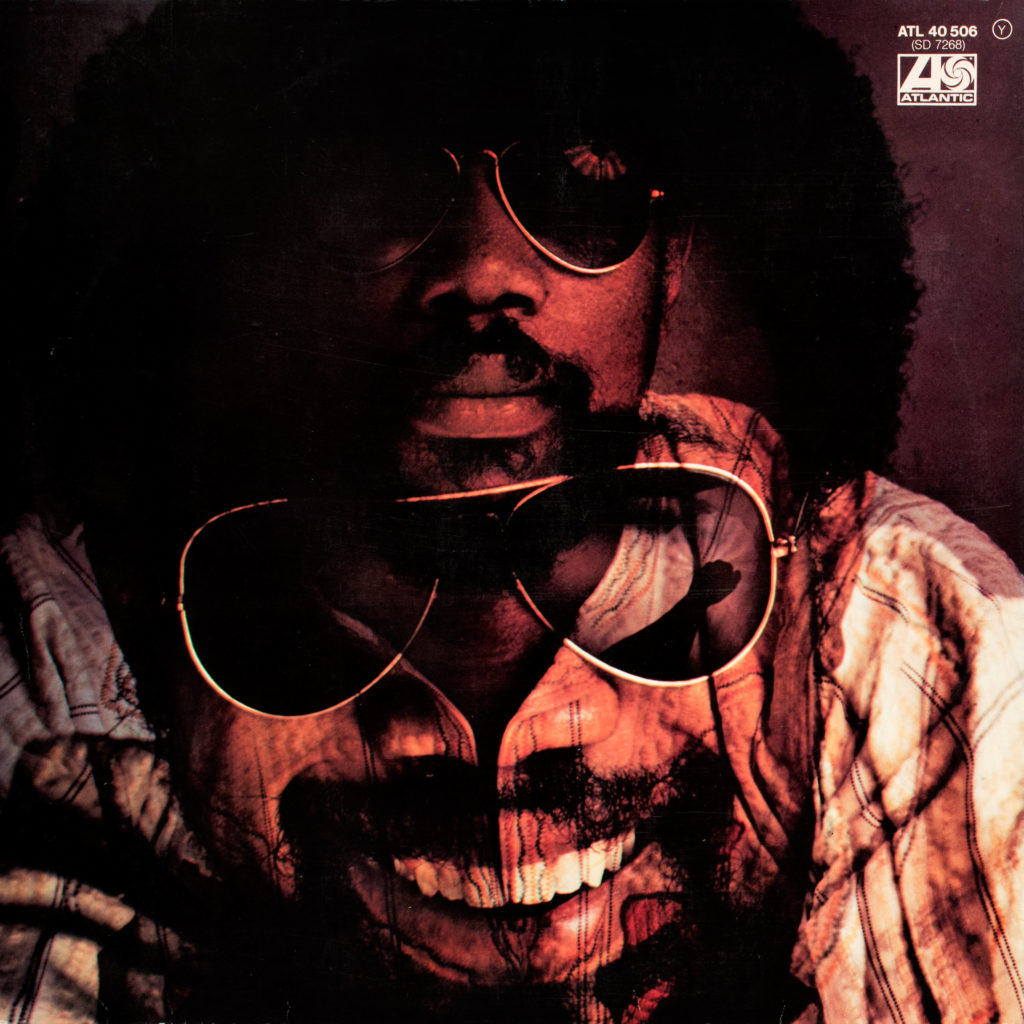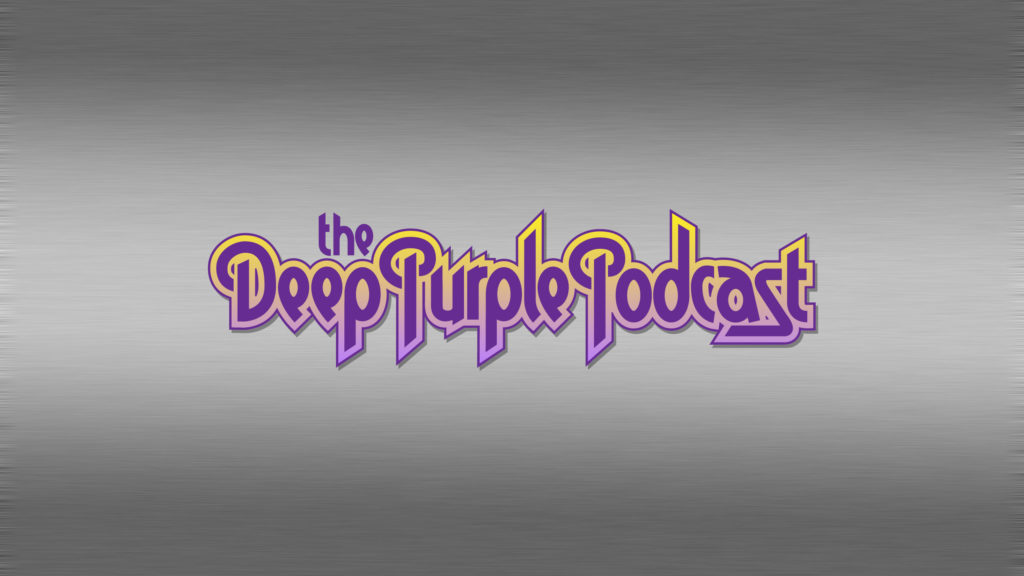Disclaimer: The video used on YouTube is a byproduct of producing our audio podcast. We post it merely as a convenience to those who prefer the YouTube format. Please subscribe using one of the links below if you’d prefer a superior audio experience.
Subscribe at Apple Podcasts, Stitcher, Google Podcasts, Overcast, Pocket Casts, Anchor.fm, Breaker, PodBean, RadioPublic, Amazon Music, or search in your favorite podcatcher!
Thanks to Our Show Supporters – Three Ways To Show Your Support
- Become a Patron on Patreon
- Donate on Paypal (Donate one time or click “make this a monthly donation” box)
- Leave us a 5-Star Review on Apple Podcasts
- The $25 “Super Trouper” Tier
- Steve Seaborg (NameOnAnything.com, Alltheworldsastage.net) – Paypal
- The $20 “Shades of Deep Pockets” Tier
- Ryan M
- The $15 “Highball Shooter” Tier
- Alan Begg
- The Turn it up to $11 Tier
- Frank Theilgaard-Mortensen
- $10 “No One Came” Tier
- Vacant
- $6.66 Tier
- Richard Fusey – Paypal
- $5 “Money Lender” Tier
- Clay Wombacher
- Greg Sealby
- Mike Knowles
- John Convery
- Arthur Smith
- German Heindl
- Adrian Hernandez – Paypal
- Fielding Fowler
- Kenny Wymore
- $3 “Nobody’s Perfect” Tier
- Peter Gardow
- Ian Desrosiers
- Mark Roback
- Anton Glaving
- Will Porter
- $1 Made Up Name Tier
- Ells Murders
- Spacey Noodles
- The “Uncanny” Leaky Mausoleum
- Michael Vader
Thanks to our Brothers at the Deep Dive Podcast Network:
- Ry @ Sabbath Bloody Podcast
- The Simple Man @ Skynyrd Reconsydyrd
- Terry “T-Bone” Mathley @ T-Bone’s Prime Cuts
- Paul, David, and Joe @ In the Lap of the Pods (Queen podcast)
Thanks to the Patron Saint and Archivist of The Deep Purple Podcast:
- Jörg Planer – an essential Twitter follow
Show Updates:
- Comments from social media.
- Problems with Part 1 being banned from YouTube due to Sgt. Pepper’s Lonely Hearts Club Band. We played a 20 second clip from an album that is 53 years old.
- Part 2 also banned from YouTube for “I’m Gonna Make You Love Me” by Madeleine Belle.
- Technical difficulties update.
- The Jesus Christ Superstar DNA Playlist – Over 600 songs by the singers and musicians who contributed to Jesus Christ Superstar.
- Tommy Bolin Memorial Statue Fundraiser
Lead up to the Album:
- The story for Jesus Christ Superstar is based on The Synoptic Gospels (The Gospels of Matthew, Mark, and Luke) and “The Life of Christ” by Fulton J. Sheen. The idea was to calibrate the gospels but to put more of a focus on the interpersonal relationships between Jesus, Judas, and Mary.
- Tim Rice also said that the song “With God On Our Side” by Bob Dylan was an inspiration.
- Bob Dylan – With God on Our Side (Audio)
- The line: “Did Judas Iscariot have God on his side?
- This was a fascinating subject for Rice to consider.
- The premise of the musical is “Was Judas the rational disciple trying to preven tthe popular reaction to Jesus’s teaching from getting so out of hadn that the Romans would crush it?
- Was Jesus beginning to believe what the people were saying, that he truly was the Messiah?
- What if we dramatized the last days of Jesus’s life from Judas’s perspective?
- By early 1969 there was an official 30 minute recording of the Joseph show giving them a sample of their work to try to get potential backers for their idea to turn JCSS into a broadway show.
- Andrew had written to Sefton Myers with an idea of creating a museum of rock and roll memorabilia and slipped a copy of the Joseph 30 minute album.
- Sefton got back to them and arranged a meeting where they presented a deal to Webber and Rice. Webber was eager to jump at it but Rice was more hesitant as he wasn’t sure if it was safe to leave his job. This lead to management being more aggressive and generous with their offers.
- By summer of 1969 they were able to write and create and focus on their new project.
- Their first attempt to create something was a musical based on King Richard the Lionheart. It only had one performance.
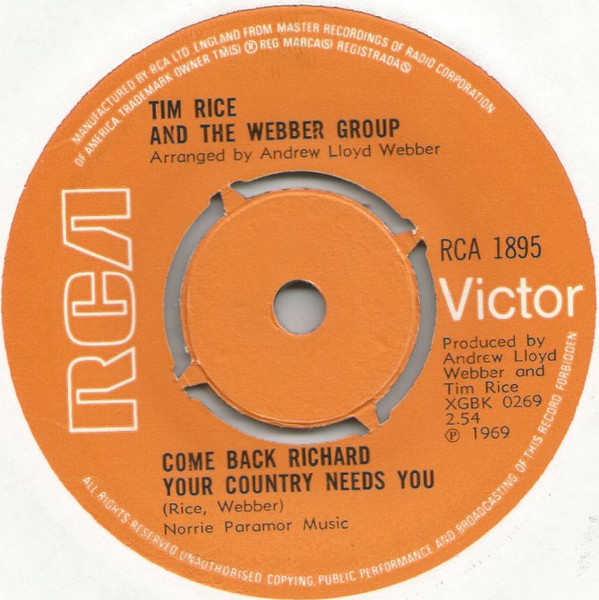
- One release “Come Back Richard, Your Country Needs You” by Tim Rice and The Webber Group.
- https://www.discogs.com/Tim-Rice-And-The-Webber-Group-Come-Back-Richard-Your-Country-Needs-You/release/9025789
- Tim Rice doesn’t speak of this very favorably. Andrew Lloyd-Webber even less so: “I cannot believe how we ever allowed such slapdash sorry stuff to appear in front of an audience.”
- They decided to try something “heavier, more serious.”
- Tim went to visit Mike Leander who was head of A&R at MCA records. Leander was the person who had arranged the song “She’s Leaving Home” for The Beatles. Mike asked Tim what became of his idea of making a musical about Jesus and Judas Iscariot. This is something Tim had been thinking about for a while but had never mentioned to Webber.
- The idea was to put themselves into the minds of Judas and Pilate and how they would have acted under the circumstances, not knowing what would become of Jesus.
- Rice went back and told Webber and told him it would be the store of Christ’s last week on Earth from the perspective of Judas.
- The idea was that they could put a lot of words into Judas’s mouth without betraying what was in the Gospels.
- This was shortly after the backlash about John Lennon’s comments about The Beatles being bigger than Jesus. So their backers were a little hesitant.
- They wanted to write a stage production and thought that any recording would be a spinoff of that production. It ended up being the opposite.
Production:
- Producer – Andrew Lloyd Webber, Tim Rice
- Engineer [Advision] – Martin Rushent
- http://en.wikipedia.org/wiki/Martin_Rushent
- 700+ credits on Discogs. One of the top record producers in the UK. Worked with T-Rex, Joy Division, and many more.
- Engineer [Chief Recording] – Alan O’Duffy
- Covered as a vocalist.
- Engineer [Cutting] – Tony Bridge
- https://www.linkedin.com/in/tony-bridge-b6b35611/
- Worked at Abbey Road, Pye Studios, Sony
- Over 1300+ entries on Discogs
- The Kinks, Frank Sinatra, Nina Simone, The Grateful Dead, Neil Young, and many more. Those are just artists he worked with BEFORE Jesus Christ Superstar.
- Engineer [Recording] – Anton Matthews
- http://www.antonsupaman.uk/
- Worked with quite a few artists, mostly in the 70s.
- Engineer – Jeremy Gee
- Worked on Led Zeppelin’s “Presence” album. And Deep Purple’s “Machine Head.”
- Engineer – Steve Vaughan
- Founding Member of the Lorne Gibson Trio.
Additional Info:
- This is The 1st UK release of Jesus Christ Superstar Recorded At Olympic Sound Studios, Barnes, Advision Studios, Island Studios And Spot Productions Studios On 16-Track Tape.
- This is the rare, earliest first pressing, of which only a few hundred copies were made. It has the unique fold-out star cover and the late-sixties style MCA labels with the orange/yellow swirl design.
- The album’s official release date was 16th October 1970 by which time MCA had introduced the new ‘bow-tie’ label design.
- Later pressings followed with different label.
- The booklet is slightly different from later copies – it is printed on shiny paper and has rounded corners.
- Sleeve printed and made in England by E. J. Day.
- Inner sleeve: Blue Decca poly-lined inners. The date codes on these sleeves are 6/70 and 7/70 which precedes the official release date by several months.
- Booklet: This is the original first press booklet which has much shinier paper than later issues and rounded corners.
Canada release:
On Front Cover Label:
RECORDED IN ENGLAND
Performing in “SUPERSTAR” are members (past and present) of DEEP PURPLE, JOE COCKER’S GREASE BAND, LORD SUTCH, AYNSLEY DUNBAR RETALIATION, THE BIG THREE, JUICY LUCY, QUATERMASS, MERSEYBEATS, GRACIOUS, PLASTIC PENNY, SPOOKY TOOTH, MANFRED MANN and NUCLEUS.
Also performing is an 85 piece orchestra and the strings of the City of London
Released in a Box Cover including a 28 page Libretto and a 4 page statement in french, by Rèv. Jéan Malo M.A.
Lp’s housed in white paper sleeves
Records are set up for record changers
- Ian Gillan of Deep Purple appears by courtesy of EMI Records and Warner Bros. Seven Arts Records Inc. (USA)
- Victor Brox appears by courtesy of Bam Bam Records (UK) and “with love” from Blue Thumb Records (USA)
- John Gustafson appears by courtesy of EMI Records and by permission of “Quatermass” AIR (London) Ltd
- Paul Davies appears by kind permission of Philips Records Ltd
- Pat Arnold appears by kind permission of Polydor Records Ltd
- Tony Ashton appears through the courtesy of Capitol Records Inc
- Peter Barnfeather appears by courtesy of Sunny Records Ltd
- Madeline Bell appears by courtesy of Philips Records (Holland)
- Brian Bennett appears by courtesy of B&C Records Ltd
- Lesley Duncan appears by courtesy of CBS Records Ltd
- Neil Hubbard and Chris Mercer appear by courtesy of Vertigo Records (UK) and the Atlantic Record Corporation (USA)
- Peter Robinson appears by permission of AIR (London) Ltd
- Carl Jenkins, John Marshall and Jeff Clyne appear by courtesy of Philips Records Ltd
- Chris Spedding appears by courtesy of EMI Records Ltd
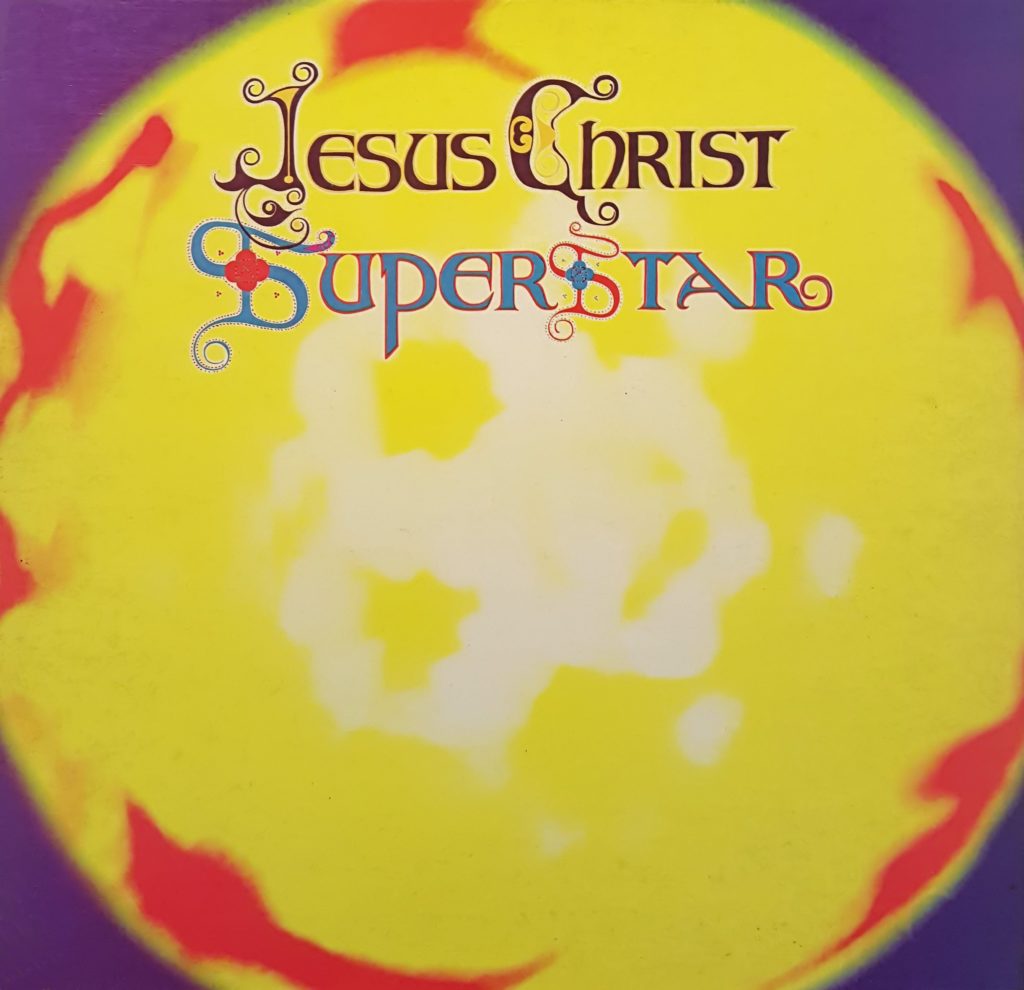
Album Art:
UK Release:
- Art Direction – Bill Levy
- Design – Ernie Cefalu, Graphreaks
US Release:
- Seems to be the same
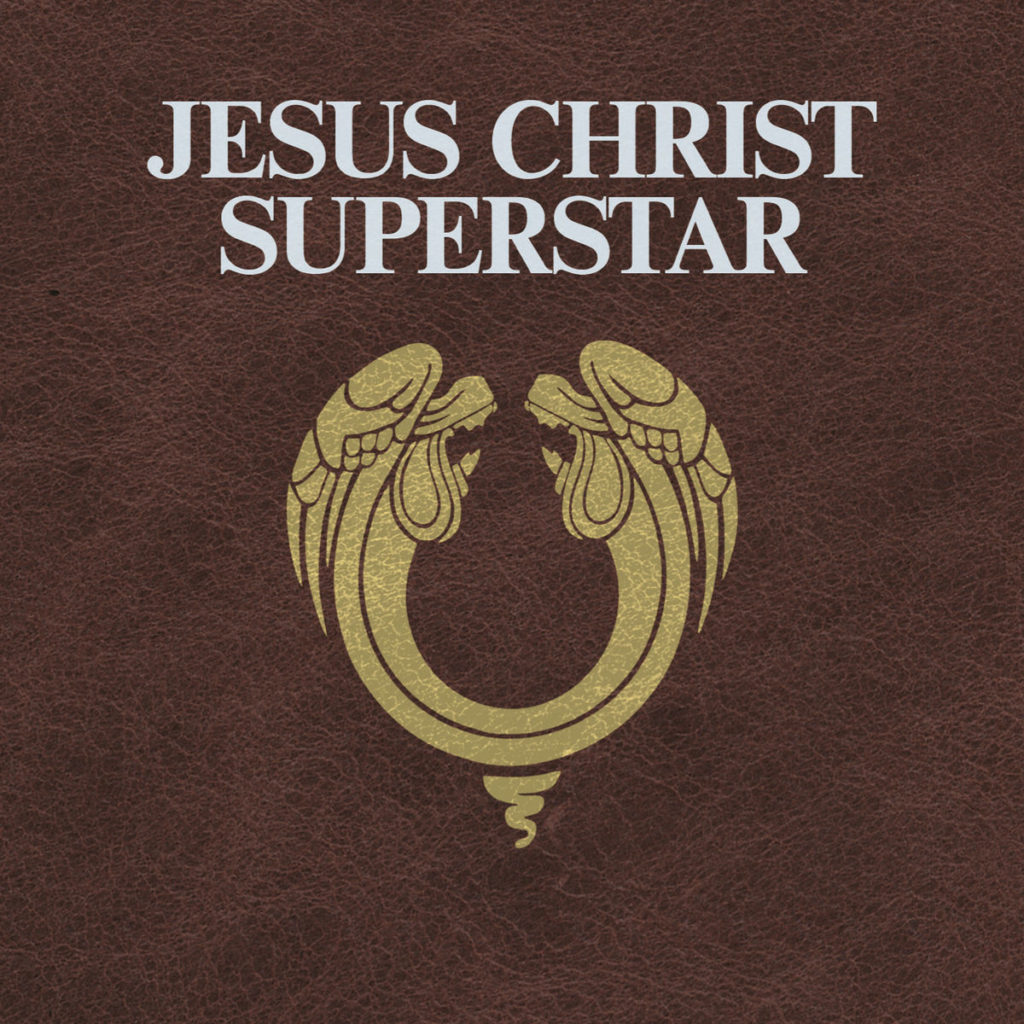
Album Tracks:
LP 1
Side One:
- Overture
- Leader [Choir] – Alan Doggett
- The Theme Lloyd-Webber says he wrote on the back of a napkin at a restaurant called Carlo’s Place on Fulham Road
- Heaven On Their Minds
- What’s The Buzz / Strange Thing Mystifying
- Everything’s Alright
- This Jesus Must Die
Side Two:
- Hosanna
- Simon Zealotes / Poor Jerusalem
- Pilate’s Dream
- The Temple
- Everything’s Alright
- I Don’t Know How To Love Him
- Webber said he’d seen Judy Garland in a movie called “I Could Go on Singing” which was also the title song. He said there was a line about “When the cows come home.” The director was Ronnie Neame, a friend of Webber’s Auntie Vi. He decided to play a song to the director that he thought was better. The music ended up becoming “I Don’t Know How To Love Him.”
- This melody had been used before from a 1968 song by Webber/Rice called “Kansas Morning.” The song was never recorded.
- Damned For All Time / Blood Money
For Further Information:
- Rock Opera: The Creation of Jesus Christ Superstar, from Record Album to Broadway Show and Motion Picture by Ellis Nassour
- https://en.wikipedia.org/wiki/Jesus_Christ_Superstar
- https://en.wikipedia.org/wiki/Jesus_Christ_Superstar_(album)
- Get Onto My Cloud: The Tim Rice Podcast – Jesus Christ Superstar – the early days
- Unmasked: A Memoir by Andrew Lloyd-Webber
- Oh What A Circus by Tim Rice
Listener Mail/Comments
- Comments about the show? Things you’d like us to cover? We’d love to hear from you. Send us an email at info@deeppurplepodcast.com or @ us on Twitter, Facebook, or Instagram.


